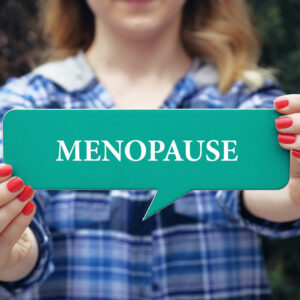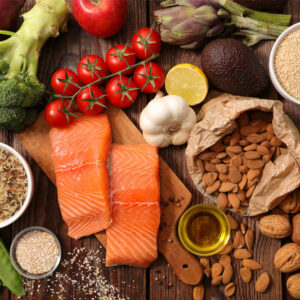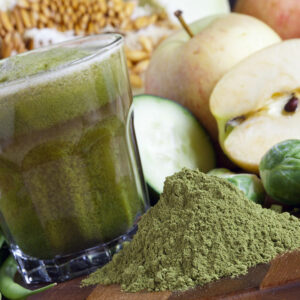
01
Natural treatment options for erectile dysfunction
Erectile dysfunction (ED) is the inability to have or maintain an erection that is adequate to engage in intercourse. It may give rise to feelings of inadequacy and shame but one need not worry too much as the condition can be treated. Occasional ED is not a cause for concern; if the condition is long-term and persists and one frequently has a problem keeping an erection, then he will need to treat the underlying disease responsible for the condition. Herein, we look at some natural treatment options that can help treat ED. Check testosterone levels Testosterone levels decline sharply after a man hits 50 according to experts. Every year following 40, testosterone levels are said to drop around 1.3% and this could be a cause for concern. One is advised to consult a doctor if he experiences moodiness, low sex drive, trouble making decisions, or inadequate erections as these are all signs of low testosterone levels. The doctor could talk about the situation and prescribe something to help. Kegel exercises Kegel exercises are repeatedly advised for preventing incontinence and solving other sexual problems like premature ejaculation. However, there is limited evidence to show its efficacy in dealing with ED. Kegel exercises involve contracting and relaxing the muscles in the pelvis repeatedly and it is said to have multiple benefits like allowing men to last longer and preventing incontinence as well. One can definitely try out Kegel exercises but remember that for full efficacy he needs to pursue these exercises daily for a long period of time. Stay away from anabolic steroids Anabolic steroids are used by many sportsmen, athletes, and weightlifters. They are abused to give an added boost to their performance and this has a negative impact on sexual health. These steroids shrink the testicles and sap their ability to produce testosterone.
Read More 










